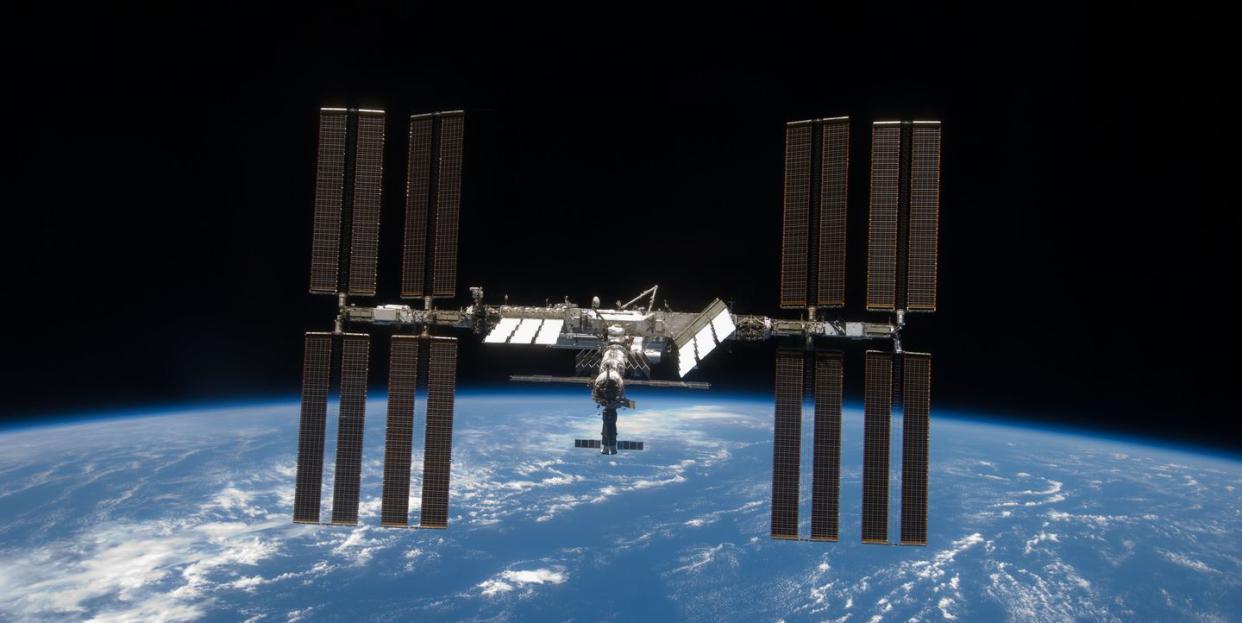Drug-Resistant Space Bugs Found Aboard the ISS

Microbiologists have discovered some unsuspecting passengers aboard the International Space Station. Five drug-resistant strains of bacteria were isolated from samples taken from ISS bathrooms and gym equipment. Antimicrobial resistance (AMR) has long been a global health issue. Now it appears to be a solar system issue as well.
A team of microbiologists at NASA’s Jet Propulsion Laboratory compared the space germ genomes with 1,300 known earth-bound genomes. Their analysis showed a close genetic relationship to the bacteria that caused a 2015 outbreak in the Bugando Medical Center in Mwanza, Tanzania, which caused life-threatening infections in newborns. The aggressive bacterium was dubbed Enterobacter bugandensis after the hospital where it was found.
NASA scientists wanted to know whether the ISS Enterobacter strains were as potentially harmful as the ones associated with the Tanzanian outbreak. In adults, these strains can cause UTIs, lower respiratory tract infections, skin and soft-tissue infections, endocarditis, septic arthritis, and a host of other -itises-none of which would be pleasant to deal with while floating weightless around the world for a year or more. Even in the healthiest scenario, long-term spaceflight takes its toll the immune system, placing astronauts “at a greater risk of infection from antimicrobial resistant pathogens,” explains a January 2018 paper published in Nature, which first uncovered the existence of the space station strains.
The NASA study, lead by microbiologist Nitin Singh, found that the drug-resistant space bugs are genetically distinct from the most infectious forms of E. bugandensis and therefore do not pose an immediate threat to ISS astronauts. But if there’s one thing we know about bacteria, it’s that they adapt quickly to new environments-and that includes orbital microgravity environments more than 200 miles above the Earth. So they're close enough, though, to keep Singh and his team on high alert. If there’s one thing we know about bacteria, it’s that they adapt quickly to new environments-and that includes orbital microgravity environments more than 200 miles above the Earth.
At the very least, there's little chance they could be as bad as a truly alien illness, the stuff of 70s science-fiction parodies. But obviously, it's preferable to have neither.
('You Might Also Like',)

